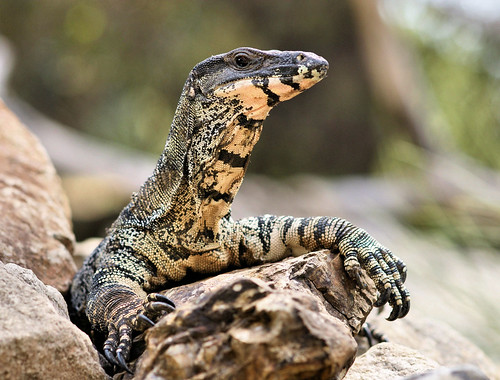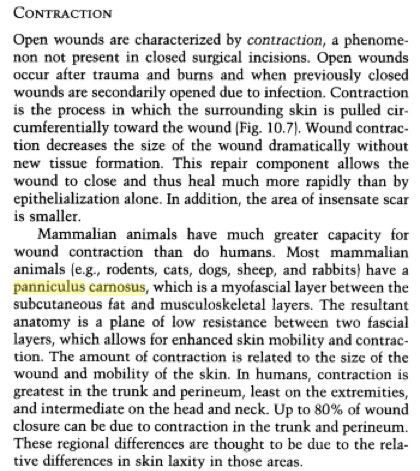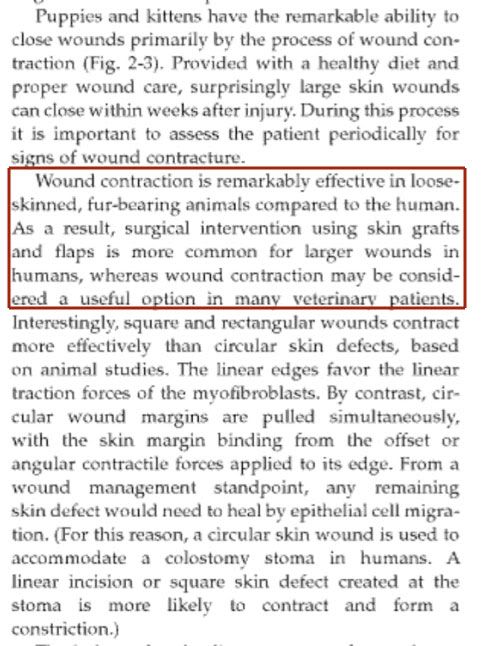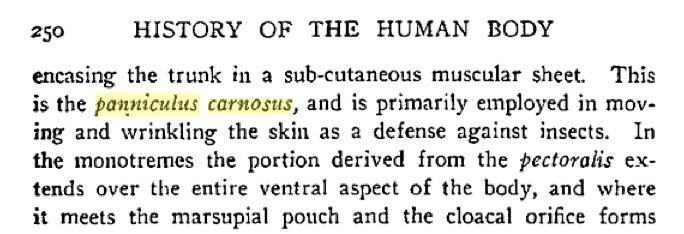Post by Vodmeister on Mar 21, 2014 22:16:18 GMT 5
Human - Homo sapiens
Humans (known taxonomically as Homo sapiens, Latin for "wise man" or "knowing man") are the only living species in the Homo genus. Anatomically modern humans originated in Africa about 200,000 years ago, reaching full behavioral modernity around 50,000 years ago. Humans have a highly developed brain and are capable of abstract reasoning, language, introspection, and problem solving. This mental capability, combined with an erect body carriage that frees the hands for manipulating objects, has allowed humans to make far greater use of tools than any other living species on Earth. Human body types vary substantially. Although body size is largely determined by genes, it is also significantly influenced by environmental factors such as diet and exercise. The average height of an adult human is about 1.5 to 1.8 m (5 to 6 feet) tall, although this varies significantly from place to place and depending on ethnic origin. The average mass of an adult human is 59 kg (130 lbs) for females and 77 kg (170 lbs) for males. Weight can also vary greatly (e.g. obesity). Unlike most other primates, humans are capable of fully bipedal locomotion, thus leaving their arms available for manipulating objects using their hands, aided especially by opposable thumbs.

Clouded Leopard - Neofelis nebulosa
The clouded leopard (Neofelis nebulosa) is a felid found from the Himalayan foothills through mainland Southeast Asia into China, and has been classified as vulnerable in 2008 by IUCN. Clouded leopards have a tan or tawny coat, and are distinctively marked with large, irregularly-shaped, dark-edged ellipses which are said to be shaped like clouds. This unique appearance gave the cat both its common and scientific species name—nebulosus is Latin for "cloudy". The clouded leopard was confusing to scientists for a long time because of its appearance and skeleton. It seemed to be a cross between a big cat and a small cat. The average clouded leopard typically weighs around 20 kilograms (44 lb), but large males can grow upwards 32 kg (70 lb) or more. The clouded leopard has a shoulder height of 25 to 40 centimetres (9.8 to 16 in). Females have a head-body length varying from 68 to 94 centimetres (27 to 37 in), with a 61 to 82 centimetres (24 to 32 in) tail, while the males are larger at 81 to 108 centimetres (32 to 43 in) with a 74 to 91 centimetres (29 to 36 in) tail. Clouded leopards have a heavy build and, proportionately, the longest canine teeth of any living felid—of 2 inches (5.1 cm), about the same as a tiger's. These characteristics led early researchers to speculate that they preyed on large land-dwelling mammals. Because of the animal's reclusive nature, the behavior of the clouded leopard in the wild is little known. With no evidence for a pack or pride society like that of the lion, it is assumed that it is a generally solitary creature, and it appears to be primarily nocturnal. Clouded leopards are largely arboreal, hunting prey in the trees, and also using trees to rest during the day. However, they spend a significant proportion of their time on the ground, and sometimes inhabit environments without tall trees.

Humans (known taxonomically as Homo sapiens, Latin for "wise man" or "knowing man") are the only living species in the Homo genus. Anatomically modern humans originated in Africa about 200,000 years ago, reaching full behavioral modernity around 50,000 years ago. Humans have a highly developed brain and are capable of abstract reasoning, language, introspection, and problem solving. This mental capability, combined with an erect body carriage that frees the hands for manipulating objects, has allowed humans to make far greater use of tools than any other living species on Earth. Human body types vary substantially. Although body size is largely determined by genes, it is also significantly influenced by environmental factors such as diet and exercise. The average height of an adult human is about 1.5 to 1.8 m (5 to 6 feet) tall, although this varies significantly from place to place and depending on ethnic origin. The average mass of an adult human is 59 kg (130 lbs) for females and 77 kg (170 lbs) for males. Weight can also vary greatly (e.g. obesity). Unlike most other primates, humans are capable of fully bipedal locomotion, thus leaving their arms available for manipulating objects using their hands, aided especially by opposable thumbs.

Clouded Leopard - Neofelis nebulosa
The clouded leopard (Neofelis nebulosa) is a felid found from the Himalayan foothills through mainland Southeast Asia into China, and has been classified as vulnerable in 2008 by IUCN. Clouded leopards have a tan or tawny coat, and are distinctively marked with large, irregularly-shaped, dark-edged ellipses which are said to be shaped like clouds. This unique appearance gave the cat both its common and scientific species name—nebulosus is Latin for "cloudy". The clouded leopard was confusing to scientists for a long time because of its appearance and skeleton. It seemed to be a cross between a big cat and a small cat. The average clouded leopard typically weighs around 20 kilograms (44 lb), but large males can grow upwards 32 kg (70 lb) or more. The clouded leopard has a shoulder height of 25 to 40 centimetres (9.8 to 16 in). Females have a head-body length varying from 68 to 94 centimetres (27 to 37 in), with a 61 to 82 centimetres (24 to 32 in) tail, while the males are larger at 81 to 108 centimetres (32 to 43 in) with a 74 to 91 centimetres (29 to 36 in) tail. Clouded leopards have a heavy build and, proportionately, the longest canine teeth of any living felid—of 2 inches (5.1 cm), about the same as a tiger's. These characteristics led early researchers to speculate that they preyed on large land-dwelling mammals. Because of the animal's reclusive nature, the behavior of the clouded leopard in the wild is little known. With no evidence for a pack or pride society like that of the lion, it is assumed that it is a generally solitary creature, and it appears to be primarily nocturnal. Clouded leopards are largely arboreal, hunting prey in the trees, and also using trees to rest during the day. However, they spend a significant proportion of their time on the ground, and sometimes inhabit environments without tall trees.






















